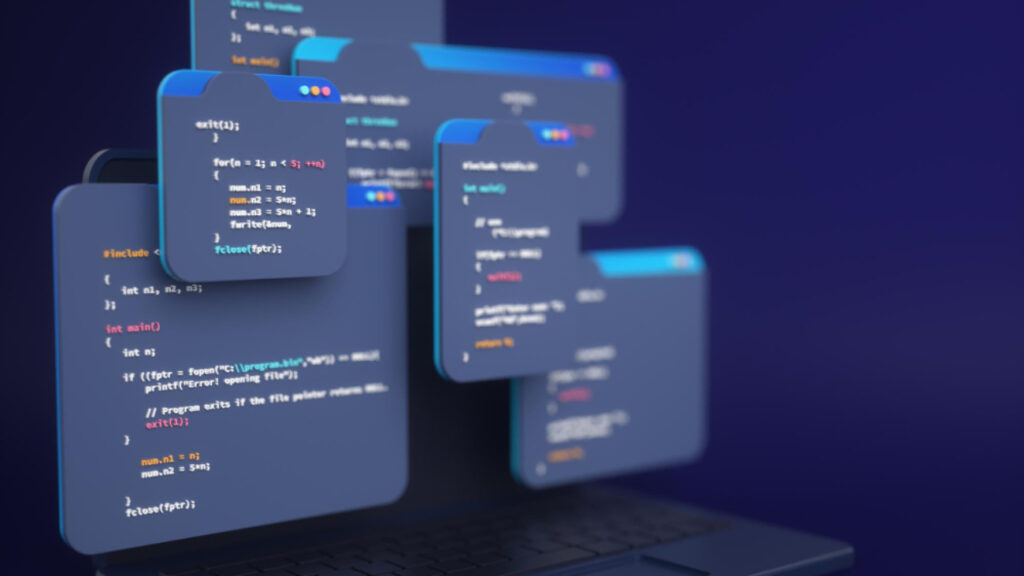Bahaa Al Zubaidi stated that the researchers and engineers are looking for means to increase the power and efficiency of artificial intelligence technology even as they develop. Enter quantum machine learning (QML), a newly developing discipline that pushes the envelope of what is feasible by aggregating the strengths of quantum computing and artificial intelligence.
Offering the possibility for discoveries that might revolutionize sectors, science, and daily life, this mix of quantum computing and machine learning (ML) promises to be the next great advance in artificial intelligence.
Appreciating Quantum Computing and Machine Learning
Using the ideas of quantum mechanics, namely superposition and entanglement, quantum computing processes data. Quantum computers use quantum bits (qubits), which can exist in several states simultaneously, unlike classical computers, which use bits to depict data as 0s or 1s. This lets quantum computers process far more data than conventional computers and execute difficult computations at before unheard-of rates.
Conversely, machine learning—a subset of artificial intelligence—focuses on methods that let machines learn from data and steadily increase their performance without clear programming. From computer vision to natural language processing (NLP), driverless cars, and predictive analytics, machine learning is already finding usage in everything. Particularly when working with large datasets, strong, contemporary machine learning models can be slow and computationally expensive.
The Interplay of Machine Learning and Quantum Computing
Combining these two technologies—the predictive powers of machine learning and the computational capacity of quantum computing—quantum machine learning (QML) is what QML seeks to tackle challenging issues more effectively and at speeds that classical computers cannot reach by using quantum computing approaches to machine learning algorithms.
Quantum machine learning has the following main potential to transform artificial intelligence:
Faster Model Training and Data Processing
The time it takes to train models—especially considering big datasets—is one of the main obstacles of machine learning. Classical methods can find it difficult to effectively handle enormous volumes of data. Many data points can be handled concurrently in quantum computers, allowing machine learning models to be taught far quicker. This would drastically cut the time required to create artificial intelligence applications, enabling companies and academics to move more quickly based on insights and projections.
Enhanced Prediction Accuracy
The power of quantum computing for parallel processing and its handling of ever bigger datasets help machine learning models to produce more accurate predictions. More complicated relationships inside the data can be captured and modeled by quantum algorithms, therefore enabling a deeper knowledge of patterns difficult or impossible for conventional models to detect. In disciplines such as healthcare, economics, and climate modeling—where accuracy and precision are vital—this can improve the performance of artificial intelligence.
Conclusion
Within the field of artificial intelligence, quantum machine learning marks a paradigm change. We can solve once-believed-to-be-impossible issues with classical machines by using the capabilities of quantum computing. From speeding model training and raising accuracy to tackling challenging optimization challenges, QML presents a fresh front in artificial intelligence innovation.
We should anticipate discoveries as the area develops that will revolutionize sectors, advance scientific study, and simplify daily life. We are about to see the quantum-powered next evolution in artificial intelligence. The article was written by Bahaa Al Zubaidi and has been published by the editorial board of tech domain news. For more information, please visit www.techdomainnews.com.






